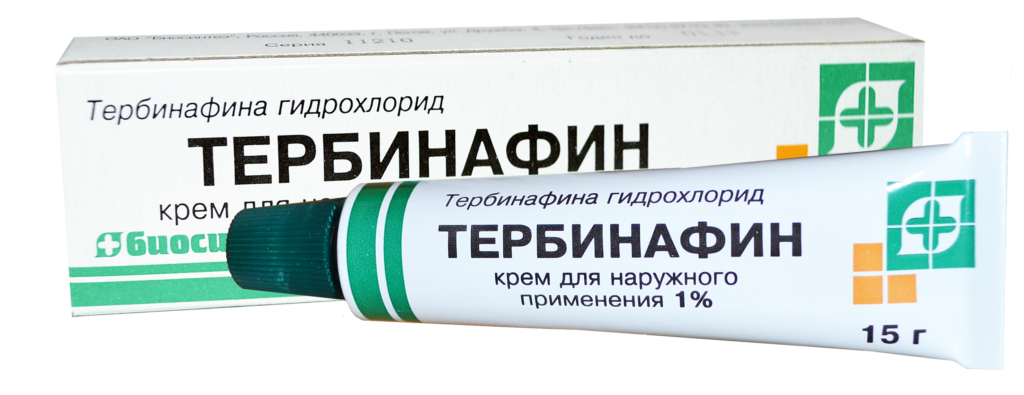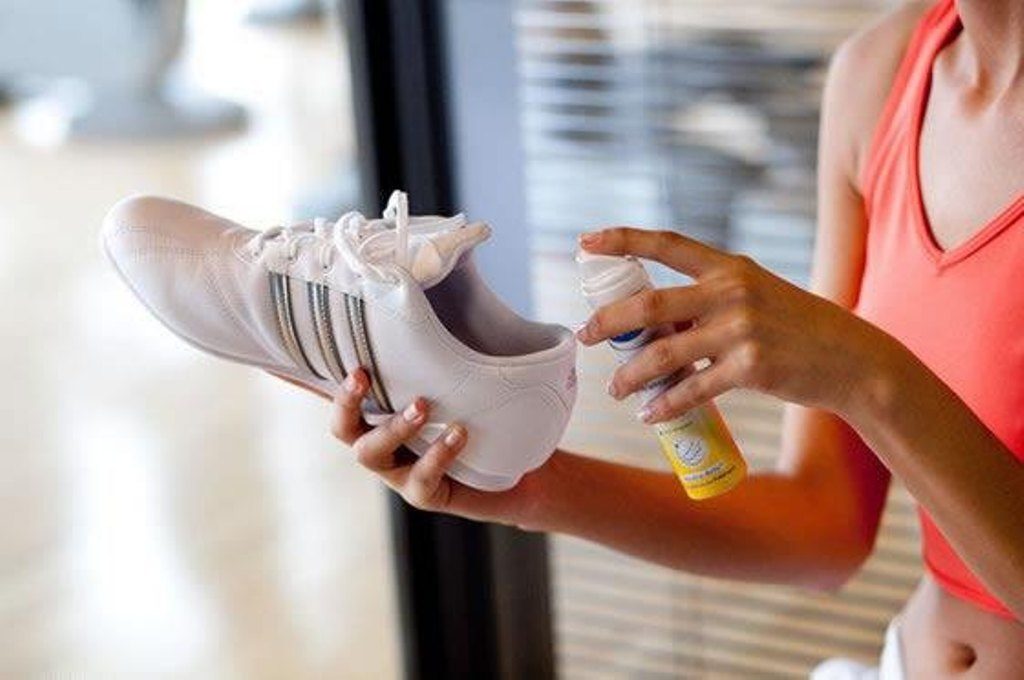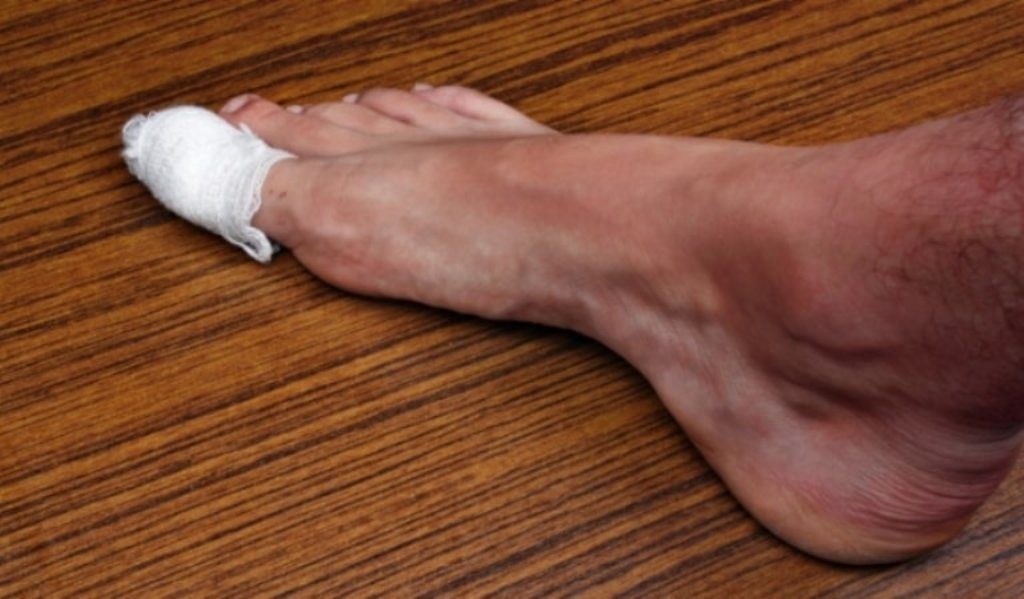The most common cause of unpleasant foot odor is fungal infections of the nails or skin of the feet. Onychomycosis (fungal infection of the nail plates) or mycosis (general name for infection with fungal microflora) is a consequence of the penetration of micromycetes (fungal microorganisms) into the body.
Their favorite habitat is swimming pools, baths or saunas, gyms, shared showers. Fungi need heat and moisture to survive. But you can “catch” mycosis from a pedicure master or in a shoe store if you try on shoes, boots or sneakers without a sock.
Your feet began to smell unpleasant and the following symptoms appeared:
- The skin on the foot becomes dry and flaky;
- Heels crack;
- The cuticle turns red;
- The nail plate changes color, breaks, exfoliates;
- There is itching or burning.
All this indicates the beginning of a fungal disease.
Infection with pathogenic microflora occurs when:
A favorite place for the localization of fungal defects is the areas between the toes, the plantar and upper part of the foot. The manifestations of the fungus are different - from banal white scales that peel off and fall off, to vesicles and ulcerative lesions. Despite severe itching, it is forbidden to comb the area of skin affected by mycosis. This can cause fungal spores to get under the nail plates and provoke the spread of infection to healthy areas of the body.
How to get rid of fungus and odor
Do not try to cure athlete's foot on your own. To get rid of the smell and fungus should only be under the supervision of a specialist. This is due to the fact that there are more than fifty varieties of pathogens of fungal infections. Only a mycologist or dermatologist can determine the strain of the fungus after additional clinical studies.
It will take a lot of time and patience to completely kill the fungus. Usually, a complex treatment is prescribed, including taking antimycotics, local treatment and strengthening the immune system.
Systemic treatment
You can remove the fungus from the body with the help of such inexpensive Russian-made drugs as Irunin, Terbinafine or Griseofulvin. These oral medications (by mouth) have proven to be effective antifungals. However, it should be borne in mind that any antimycotic has a number of contraindications and side effects. Therefore, antifungal therapy is carried out under the supervision of a physician, who, if necessary, will replace one drug with another or adjust the treatment regimen.
Local therapy

Self-medication with antimycotics for general or local use can cause serious allergic reactions, mutation of micromycetes and the development of complications.
Apply the product to clean, dry skin. If there are bursting bubbles, a preparation in the form of a cream is suitable, an ointment is enough for the initial stage of the disease. If the inflammatory process is in full swing, you can use antifungal powder or talc.
Additional measures
To eliminate the smell of the fungus, conditions that are uncomfortable for pathogenic microorganisms should be created. Micromycetes prefer warmth and humidity. So, the first priority is the fight against the moisture of the feet. Replace your bath with a shower. Pay extra attention to foot hygiene. Be sure to dry your feet after every wash. You can do this with disposable paper towels or a hair dryer. Dry the skin between your fingers thoroughly.
If you notice scales on the floor, be sure to remove them. After hygiene procedures, the bathtub, shower stall and floor in the bathroom should be treated with a disinfectant. So you will avoid the spread of fungal infection throughout the apartment.
Antifungal talc should be treated with shoes daily. This will speed up the healing process and eliminate the smell.
During therapy, fresh socks should be worn daily. Opt for cotton socks. Socks should be washed daily, after soaking in whiteness or other stain remover containing chlorine for 10-15 minutes.
This will help remove micromycete spores from the tissue and prevent re-infection. Shoes should also be washed, dried and treated with an antifungal spray.
Why do feet smell bad?
Toxic waste products of the vital activity of fungal microorganisms remain on the skin. Over time, if you do not start mycosis therapy, the amount of such waste increases and a sharp unpleasant "fungal" smell appears.
Of course, on the basis of one symptom - an unpleasant odor, the diagnosis of mycosis is not made. It must be confirmed by other symptoms and clinical findings. A timely visit to the doctor will allow you to determine the disease at the initial stage, and timely proper treatment will allow you to get rid of the fungus once and for all.
We eliminate the smell
To get rid of an unpleasant odor, you should eliminate its cause - mycosis. Without therapy for the underlying disease, all additional measures are powerless.
In the course of therapy, the area of fungal infection and the number of pathogenic microorganisms decrease. At the same time, the smell will disappear. 
You can speed up recovery at home by regularly steaming your feet in a hot bath with soda, salt, vinegar and laundry soap.
Antifungal treatment of clothing and shoes will avoid re-infection and prevent the spread of infection.
Folk remedies
Simultaneously with the drug treatment of mycosis, you can use the recipes of traditional healers to eliminate the terrible aroma.
Celandine
First you need to prepare a decoction. Four tablespoons of dried herbs are poured with one liter of boiling water. Leave to infuse for three to four hours.
The resulting broth is added to the bath or used to prepare a compress. In addition to the decoction of celandine, twenty grams of vinegar are added to the compress. It is put on at night. You can do baths or compresses with celandine daily until the smell completely disappears.
Vinegar
Acetic ointment lubricates the affected areas of the skin for ten to fourteen days. To prepare it, you will need 100 grams of table vinegar, one egg with a shell, 200 grams of butter. The resulting mixture is stored in the refrigerator. You can add fresh carrot juice. It promotes the regeneration of the epithelium and fights against unpleasant odors.
Garlic
Well eliminates the unpleasant smell of garlic ointment. Peeled garlic cloves are crushed with a garlic press or rubbed on a fine grater. The resulting slurry is mixed with butter in a ratio of 1:1. Lubricate the legs should be twice a day.
Onion
The peeled onion head is crushed and the juice is squeezed out through gauze or a sterile bandage folded in several layers. The resulting juice is treated with the affected areas. You can make a compress with onion juice. 
burdock
A large leaf of burdock is torn off, washed under a tap, rolled out with a rolling pin until juice appears. A leg is wrapped with such a sheet, fixed with a bandage and left until the morning. The duration of therapy is three to four weeks.
Hygiene rules
The key to successful treatment of the fungus is the implementation of hygiene procedures. If you do not take care of the cleanliness of the feet, wear dirty socks or shoes, you should not count on a positive result of therapy.
Proper hygiene care includes:
- Water procedures at least twice a day;
- Pouring feet with cold water;
- Weekly use of special scrubs to exfoliate dead particles;
- Drying the skin of the feet after a shower;
- Wearing non-synthetic socks, stockings, tights;
- Wearing shoes of your size made of genuine leather or suede;
- Treatment of shoes with antiseptic solutions;
- Regular replacement of socks (at least once a day).
Relapse prevention
The main rule of healthy feet is hygiene. Regular water procedures, shoe care will help your feet stay healthy and beautiful.
When visiting swimming pools, gyms or baths, do not forget about changeable shoes. When visiting a pedicure salon, give preference to an institution with a good reputation and qualified employees.
If you still happen to walk barefoot, treat your feet with an antifungal spray. It is inexpensive. But it can save you from long and expensive treatment of mycosis.
When trying on shoes at the store, purchase a new pair of socks or bring your own from home. Don't wear generic socks that vendors offer. So you are at risk of catching the fungus.
Always buy shoes by size. Tight, uncomfortable shoes not only rub your feet, but also create a "greenhouse effect" - an ideal environment for the reproduction of pathogenic microflora.
Special foot products can solve the problem of increased sweating. They do not mask the smell, but prevent increased sweating. Available in the form of a cream, gel, talc or aerosol. Distinguish:
- Antiperspirants - prevent sweating;
- Deodorants to maintain a normal level of perspiration;
- Medicines - fight pathogenic microflora, are used in courses for therapeutic purposes.
For preventive purposes, you can make foot baths with a decoction of oak bark, chamomile, celandine, sea salt or potassium permanganate.
The Dry Dry tool has proven itself well. Its action is aimed at removing sweat by the kidneys. Apply the remedy every three to four days. The drug is applied before going to bed on washed and dried feet. The next day, you can already apply the usual water procedures.
Duftafeet is suitable for disinfecting shoes. This bio-preparation eliminates unpleasant odors on both feet and shoes.
All preventive measures will help get rid of the discomfort associated with unpleasant foot odor and save your feet from such trouble as athlete's foot.

